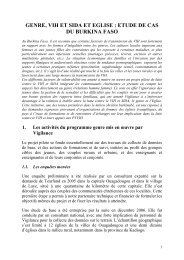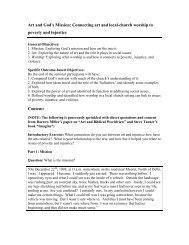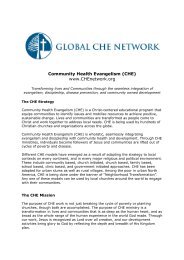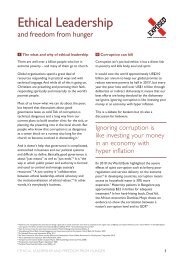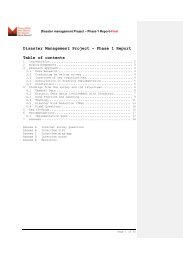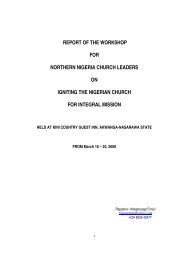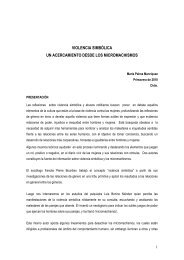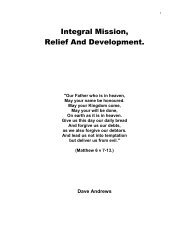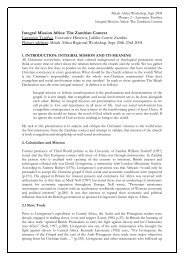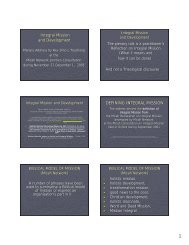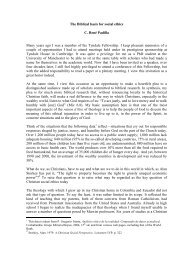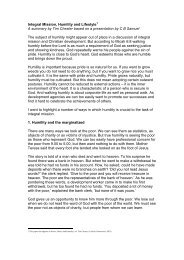Download - Micah Network
Download - Micah Network
Download - Micah Network
- No tags were found...
You also want an ePaper? Increase the reach of your titles
YUMPU automatically turns print PDFs into web optimized ePapers that Google loves.
4STEP 1PreparationROOTS 9REDUCING RISK OF DISASTER IN OUR COMMUNITIES4.4 Team roles and responsibilitiesAllocate different roles to the team members so everyone is clear what they should be doing.Consider inviting a local staff member or community representative (eg a teacher) to be amember of the team. Suggested roles are:LEAD FACILITATOR Responsible for directing the discussions by asking the questions and movingthe conversation on to new topics when necessary. The facilitator should be very clear onthe whole process, maintaining direction and momentum, and have experience of facilitatinggroups.ASSISTANT FACILITATOR (OR TRANSLATOR IF REQUIRED) Helps the lead facilitator wherenecessary, eg rewording questions if they are unclear, or helping to organise the participatorytools.NOTE-TAKER (OR RECORDER) Responsible for writing down the answers from the questions andkeeping copies of any maps, seasonal calendars, Venn diagrams or ranking exercises.LOGISTICS CO-ORDINATOR Responsible for making the practical arrangements with thecommunity, including times and places, equipment, chairs or mats, and drinks. He/she shouldalso be responsible for timekeeping in the meetings.4.5 Other sources of informationOther sources of information about the area may be available. For example, local governmentstatistics, meteorological data, local CBOs’ or NGOs’ records, reports and evaluations couldall be useful. It will take some time to find relevant information from these sources but it isvery worthwhile, helping to build an accurate picture of the community and the risks they face.Contact with local government officials helps to involve them in the process, as well as helpingyou to collect ‘official’ data.4.6 Preparing the communityA plan to carry out PADR must be developed in consultation with the community, particularlyits leaders. Their understanding and ownership of the process is very important for a successfulassessment and implementation of a risk management plan. It is also important to gain asmuch support from the government as possible, and of course any relevant permission thatis required.ExpectationsThe purpose of PADR must be clearly explained, so that the community develops realisticexpectations of the PADR process. Some communities have a relief-dependent attitude,particularly in post-disaster situations when much food aid has been distributed. The facilitatorsneed to emphasise that PADR is about identifying community capacities as well as40 T E A R F U N D R O O T S R E S O U R C E S



